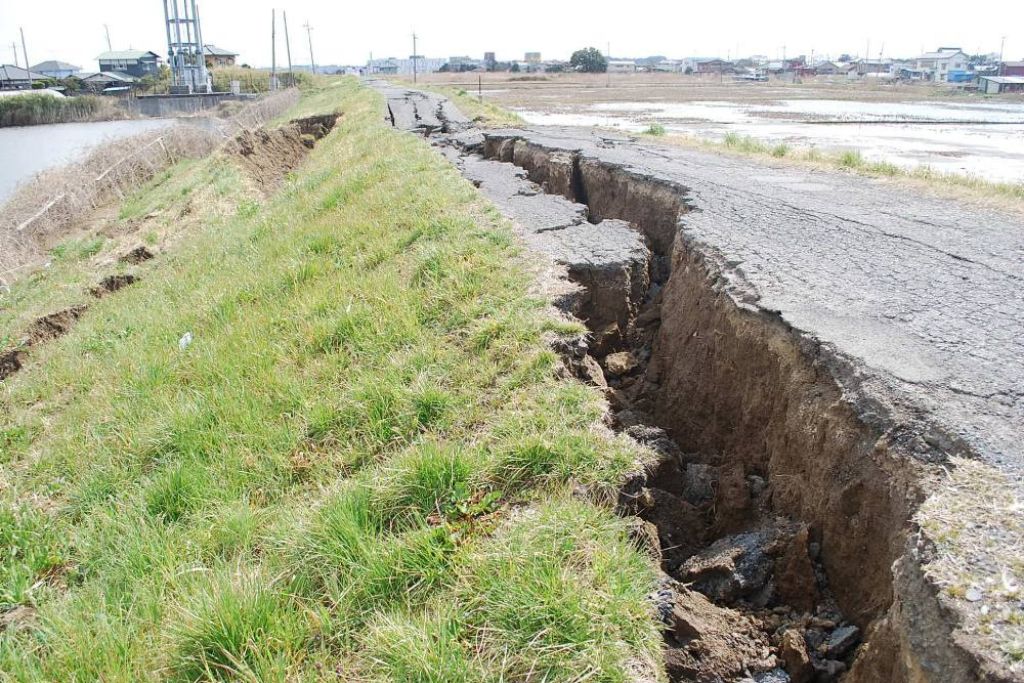The 7.6-magnitude earthquake in Japan left at least 13 dead and forced thousands to move to higher grounds following tsunami warnings.
—
A powerful earthquake that struck Japan’s Ishikawa Prefecture at 4.10 pm local time on New Year’s Day killed at least 13 people and knocked down hundreds of homes, with tens of thousands of people living in coastal areas forced to the night in evacuation shelters after authorities ordered them to head to higher ground.
Several buildings collapsed in Niigata, Toyama, Fukui, and Gifu prefectures, leading to injuries and at least 13 casualties, with the number expected to rise.
In a popular tourist area in Wajima city, where at least 8 people died, the collapse of multiple buildings sparked a large-scale fire that was still active in the early hours of Tuesday, though it remains unclear whether the fire has resulted in injuries or casualties, according to The Japan Times.
“The search and rescue of those impacted by the quake is a battle against time,” said Prime Minister Fumio Kishida during an emergency disaster meeting on Tuesday. “We must rescue them as quickly as possible, especially those who are trapped under collapsed structures.”
The Japanese military has been handing out supplies across the worst-hit areas, including food, water, and blankets for the nearly 100,000 people forced to spend the freezing night outside. One airport in the relatively remote Noto peninsula – the quake’s epicentre – has been forced to close after the quake tore open cracks in the runway. Other transport services in the area have been suspended, with 1,400 passengers aboard four trains on the Hokuriku Shinkansen reportedly stranded between two stations for 11 hours.
More than 32,700 households as well as at least 89 medical facilities in Ishikawa Prefecture have lost power.
As of 6 am on Tuesday, Japan has been struck by more than 129 aftershocks of shindo 2 or higher, though the country’s Meteorological Agency said quakes up to shindo 7 are likely to hit the area again over the next week.
Tsunami Warning
The Japan Meteorological Agency immediately issued a tsunami warning along several coastal regions of western Japan for waves up to 5 metres (16.4 feet), later downgrading it to warnings of waves up to 3 metres (9.8 feet). The city of Wajima in Ishikawa prefecture saw tsunami waves of about 1.2 metres (3.9 feet) in the minutes following the quake, though by Tuesday morning, all warnings were removed.
South Korea’s east coast was also reached by a tsunami wave of just under one metre (3.3 feet) on Monday afternoon, with the country’s meteorological agency warning that larger waves may follow. Residents of the Gangwon province were ordered to take precautions and move to higher ground. Separately, North Korean authorities also issued warnings for possible waves of more than 2 metres (6.6 feet), Reuters reported.
Reactions
Japanese Prime Minister Fumio Kishida told reporters he would personally lead the nation’s disaster response, adding that he had already been in touch with the mayors of hard-hit Wajima and Suzu.
In a statement released on Monday, US President Joe Biden said his administration as in touch with Japanese officials and “ready to provide any necessary assistance for the Japanese people.” Shortly after, British Prime Minister Rishi Sunak said the UK is “ready to support Japan,” urging Britons in the areas affected to follow local authorities’ advice.
Featured Image: Wikimedia Commons
You might also like: The Fukushima Water Release Plan: Problems, Consequences, and Solutions


















